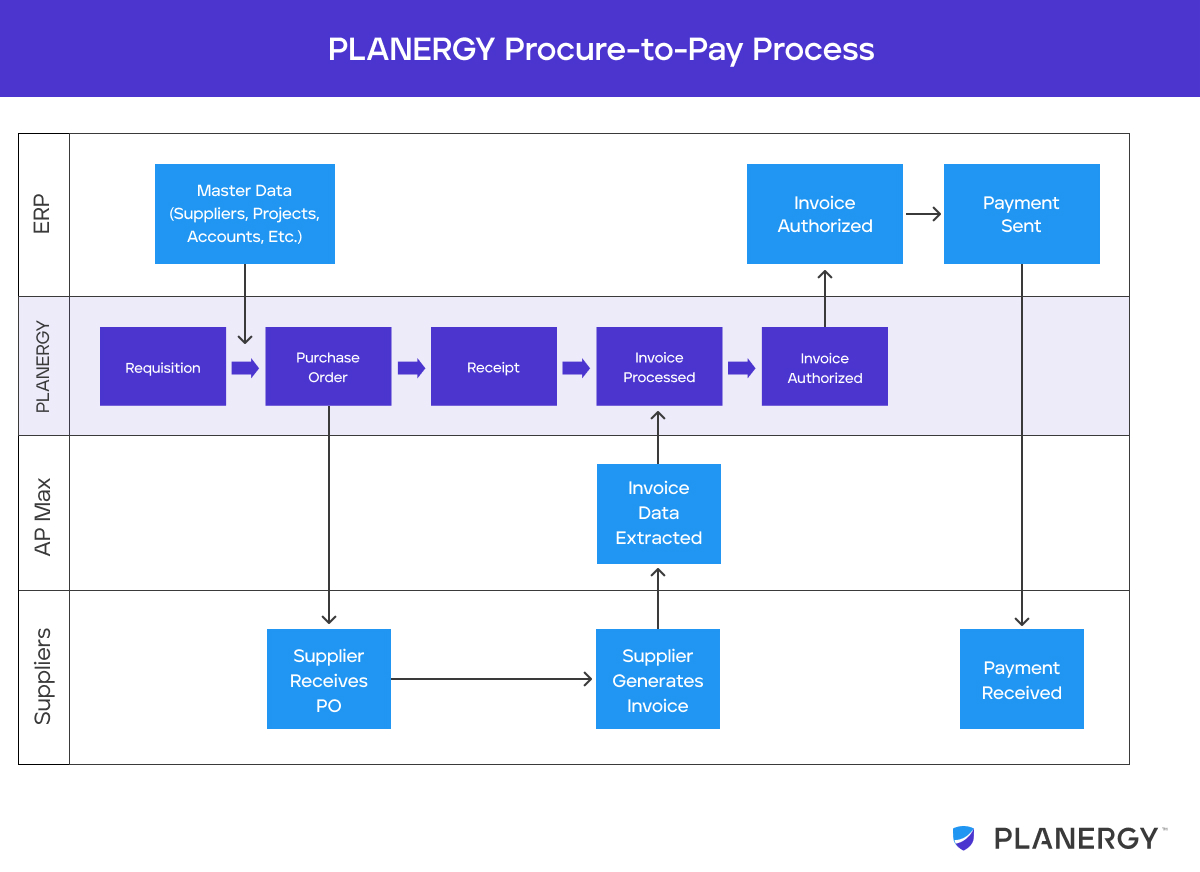

At its most basic, doing business is as simple as exchanging goods and services for compensation.
Competing in the modern global marketplace, however, is a much more complex endeavor, requiring a strategic yet agile approach.
Companies that develop and implement process documentation—i.e., a formal record describing how business processes should be executed—can better navigate today’s interconnected and data-driven economy.
Understanding how to write process documentation effectively begins with mastering its components, recognizing its benefits, and following some simple best practices.
With time and care, documenting your business processes will help your company operate more efficiently, eliminate confusion and bottlenecks in your workflows, and set the stage for more ambitious business process management (BPM) initiatives.
Properly developed and implemented process documents provide a reliable and audit-friendly record of how a company performs its different processes—thereby establishing what is known as standard operating procedure, or SOP.
These documents become reliable tools anyone in your organization can use to follow procedure properly, whether they work in the C-suite, management, or general staff.
When documenting how to execute business processes, team members use a variety of different document and file types, including but not limited to:
Combining these different documents allows the team to properly record current processes in an efficient way while allowing for sufficient flexibility to customize new documents for new processes.
Process documentation helps companies identify what works in a given process, as well as potential bottlenecks and other issues. Over time, the documents can be refined to reflect adjustments made to the process to improve efficiency, speed, accuracy, etc.
Taking the time to properly document your business processes provides a range of benefits to your organization beyond simple peace of mind, including:
In general, process documentation requires three different roles: Process Owner, Documentation Custodian, and Technical Writer.
While these three roles are often performed by different team members, it’s possible that a single individual will fill all three for a given process, or perform any one role for the company’s entire library of business processes.
Process Owners:
Documentation Custodians:
Technical Writers:
The best way to document any business process is to take things step by step.
Choose a process. Determine and describe what the process is, why it is necessary, and how it will benefit your company.
Briefly describe what is and what isn’t included as part of the process, i.e. the process scope.
Define the criteria that trigger the process. Establish a timeline from the beginning of the process to its completion.
Define the results that confirm the process is completed successfully.
Clear boundaries make it much easier to properly document, evaluate, and fine-tune all of your business processes.
Briefly and clearly describe the desired results that come from completing the process successfully.
Record the resources required to execute all steps of the process.
Working with the process owner(s), documentation custodians, and technical writer, review all process-relevant information to organize the process into clear and intuitive steps.
Work from the timeline established within Step 3 while brainstorming to ensure all areas of the process are addressed.
Organize the steps created in Step 6 into a process workflow.
Remember to prioritize clarity and conciseness while being as thorough as necessary to ensure all stakeholders can successfully execute the process as documented.
Define those responsible for all tasks within the process.
Identify all parties by job title to ensure the process is evergreen and not dependent on any single individual or group.
Process mapping using flowcharts greatly improves the readability and accessibility of process documentation.
Start with a simple process flowchart to provide a visual reference of how the process should flow from beginning to end via the steps you’ve created.
Note: For consistency’s sake and to improve overall process efficiency, your team may want to create a range of flowchart templates that can be used when documenting both existing and new processes.
These templates will also prove useful later for stakeholders tasked with creating their own process documentation.

Context is essential for successfully executing many business processes. Your process documentation may require additional content to describe possible variations based on different business needs and goals.
Identify the conditions that would require changes in the workflows of the process, the resources and modified actions required to address such a need, and any additional information the average reader might require to successfully complete the process.
An updated flowchart including exceptions and contingencies will provide further context for readers and help minimize confusion and errors.
Perform a simple risk assessment to uncover potential risks inherent to the process.
Develop control points the process owner can use to evaluate risk exposure and take action as needed while they monitor the process.
Working as a team, decide which KPIs will be used to evaluate and improve the process.
Document what these KPIs are, what they do, and any information necessary for both process owners and users to ensure they’re used effectively.
Review your process flowchart for errors, omissions, and clarity. Perform a “dry run” following the process as documented, review the results, and make any adjustments as necessary.
Every business will have unique aspects to its workflows and documented processes, but following some basic best practices can help any organization gain greater benefits from their process documentation efforts.
Not everything in life is as simple as following directions. But when it comes to business, documentation tools help you map, optimize, and record your processes to ensure they’re being executed consistently, accurately, and as efficiently as possible.
Give your entire organization a clear and intuitive guide for getting the job done right the first time—and set the stage for even greater improvements through business process automation down the line.